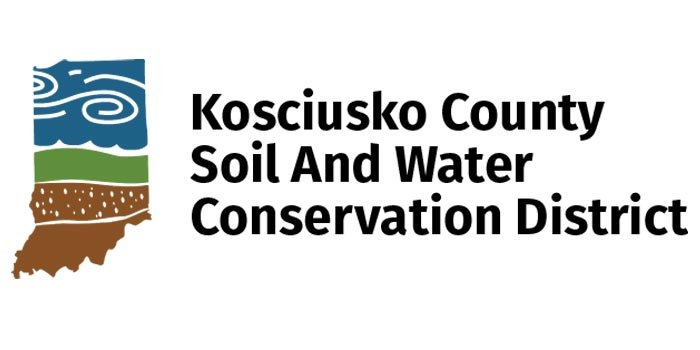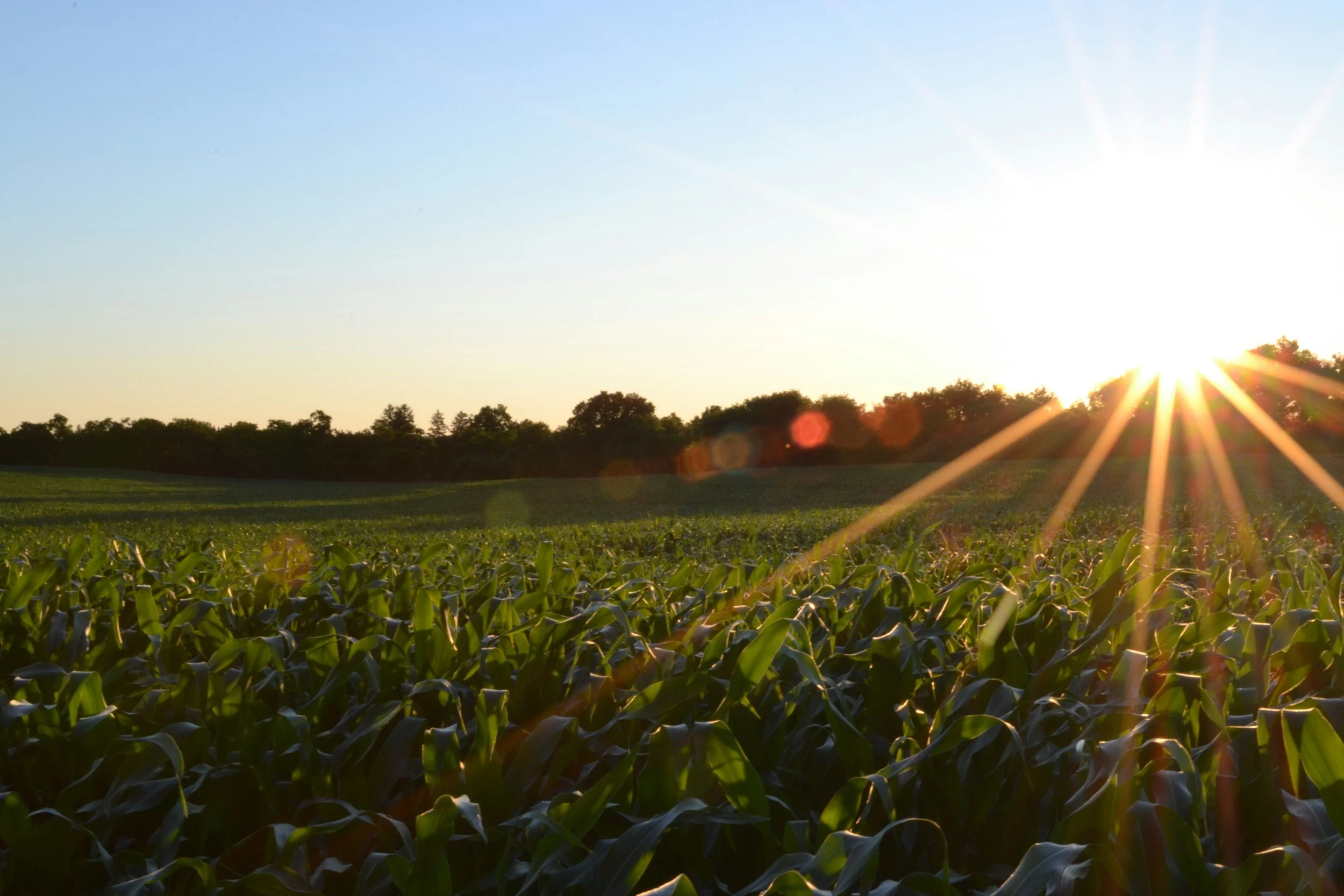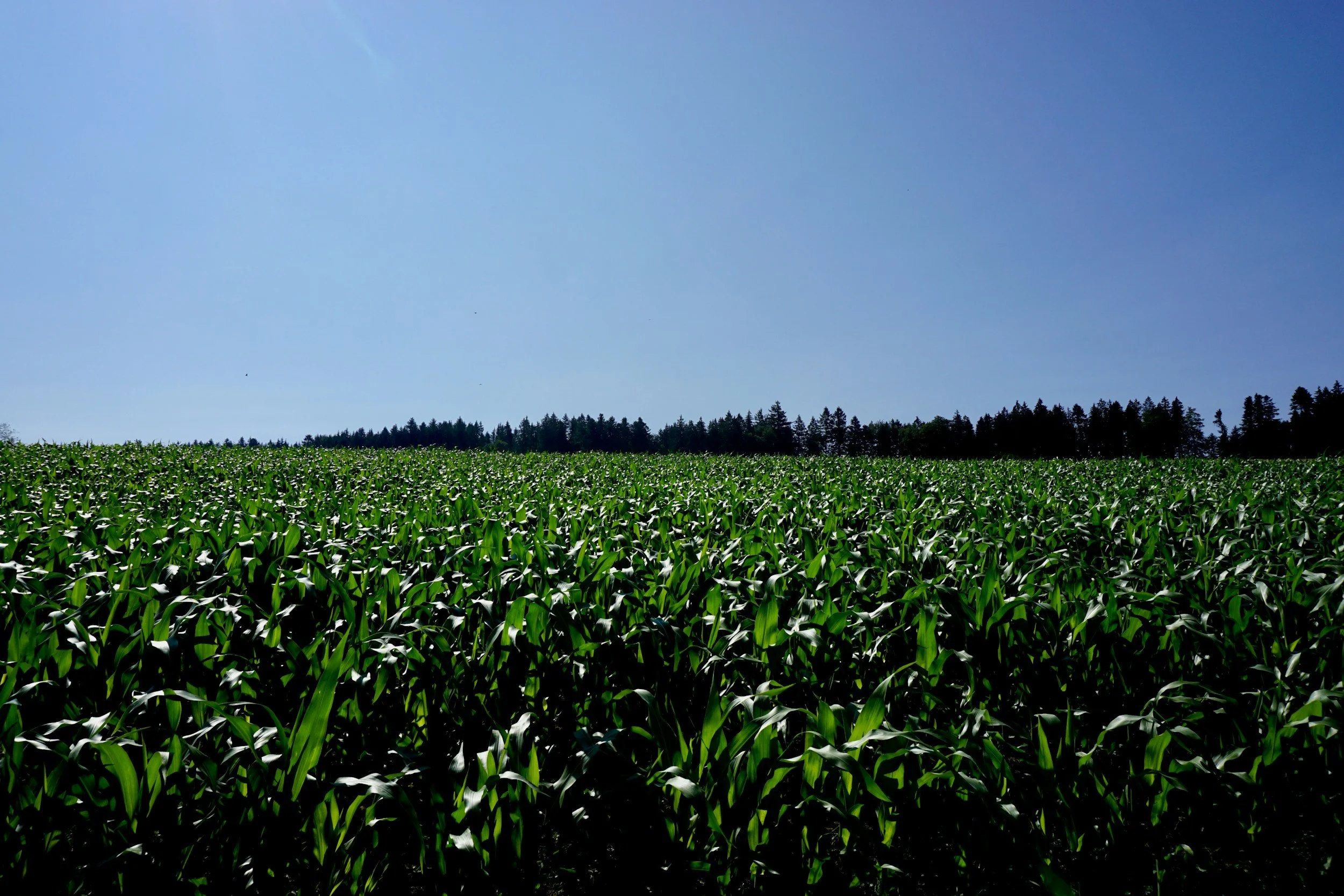Cash for Cover Crops
Federal Grants/Programs
-
Environmental Quality Incentives Program
In-field Practices Covered and Eligibility
Cropland, hayland, pastureland, rangeland, and non-industrial private forest land, Livestock operations and other eligible working lands
Rates and Time to Payment
Cost-share payments typically cover up to 75% of practice implementation costs; for beginning, socially disadvantaged, or limited-resource farmers, up to 90%.
Payments are issued after practice implementation and approval by NRCS.
Contract length, renewability and deadlines
1–10 years depending on the practice and conservation plan.
Applications are accepted continuously; NRCS ranks projects based on resource concerns and funding availability.
Lead Organization
USDA
Natural Resources Conservation Service (NRCS)
Local delivery via county SWCD offices.
Funding Source
Federal – USDA (NRCS)
-
Conservation Stewardship Program
In-field Practices Covered and Eligibility
Eligible lands include cropland, pastureland, rangeland, non-industrial private forest land, and associated agricultural lands
Contracts enroll your entire operation, not just specific fields
Applicants must already meet or exceed NRCS stewardship threshold for at least two priority resource concerns and commit to at least one additional priority concern during the contract term
Rates and Time to Payment
Payments have two components:
Maintain existing conservation activities
Implement additional or enhanced practices
Program defines a minimum payment to ensure participation is worthwhile
Payments are typically issued annually after approval of the conservation plan
Payment caps: up to $40,000 per year or $200,000 over a 5-year contract under certain rules
Contract Length, Renewability, and Deadlines
Standard contract length: 5 years
Eligible contracts may be renewed for another 5 years if criteria are met
Applications are accepted continuously, ranked in batches based on conservation benefits
Lead Organization
USDA Natural Resources Conservation Service (NRCS)
Local delivery through county SWCD offices
Funding Source
Federal – USDA (NRCS)
State Grants/Programs
-
CWI (Clean Water Indiana) Grant Program – 2025
In-field Practices Covered and Eligibility
Eligible applicants: Indiana SWCDs and their partners (e.g., nonprofits, watershed groups); landowners participate through locally managed cost-share programs
Project focus: Must align with at least one of SSCB’s five core natural resource concerns: water quality, soil health, erosion, invasive species, or pollinator habitat
Practices supported include: cover crops, shoreline stabilization, nutrient management, native plantings, and other conservation measures
Rates and Time to Payment
Provides competitive grant funding to support local cost-share programs
Applicants must provide at least 50% match, which can include landowner cost-share or in-kind contributions
Grants are typically two to three years in duration, depending on project scope and deliverables
Preference given to projects that direct the majority of funds toward on-the-ground implementation rather than salaries
Contract Length, Renewability, and Deadlines
Grants typically run 2–3 years
Applications are submitted for competitive review; funding decisions depend on alignment with program priorities and available funds
Lead Organization
Indiana State Department of Agriculture (ISDA), administered through the State Soil Conservation Board (SSCB)
Local delivery via county SWCD offices and partner organizations
Funding Source
State – Indiana
Local Grants/Programs
-
Ducks Unlimited Archer Daniels Midland Company
In-field Practices Covered and Eligibility
Covers implementation of cover crops in high-priority agricultural landscapes
Eligible locations: Indiana and Michigan (some materials also include Ohio)
Field requirements: Typically must be in rotation of crops such as corn, soybeans, or wheat
New or expanded practice: Payments focus on acres not previously enrolled in certain programs to maximize additionality
Rates and Time to Payment
Payments per acre: Example region pays ~$10/acre annually for 4 years (up to $40 total/acre)
Payments issued after contract signing, practice implementation, and documentation submission
Participants provide data collection via FBN, and may attend a learning event or report acres planted
Contract Length, Renewability, and Deadlines
Typical 4-year contract for enrolled acres
Requires signing an implementation agreement with DU/ADM
Acres cannot already be enrolled in conflicting privately-funded programs, or must meet certain eligibility criteria
Lead Organization
Ducks Unlimited (DU) in cooperation with ADM, Farmers Business Network (FBN), National Fish and Wildlife Foundation (NFWF), and USDA
Funding Source
Private and nonprofit partnership funding, with program support from ADM, DU, FBN, NFWF, and USDA
-
Description text goes here
-
Soil and Water Outcomes Fund
In-field Practices Covered and Eligibility
Cover crops are a key eligible practice, planted on new acres or newly adopted
Practices encourage conservation-friendly tillage to maximize soil health benefits
Approved tillage/seeding implements:
No-Till
Roller Crimper / Roller Packer
Strip Till
Vertical Tillage (VT) – gang angle <5°, depth ≤3", straight blades, no finishing tools
Harrow, Drag Reduced – depth ≤3", no aggressive tines or attachments
Inline Ripper – deep compaction relief (8–16") with minimal surface disturbance
Rotary Hoe – break crust or aerate surface while maintaining residue
Rates and Time to Payment
Provides financial incentives for newly implemented cover crops or cover crops on new acres
Payments are tied to compliance with technical standards for planting and tillage practices
Contract Length, Renewability, and Deadlines
Farmers must follow specific regional planting deadlines for overwintering and winter-kill species
No early termination: cover crops cannot be terminated with herbicide or tillage before March 15
Lead Organization
Soil and Water Outcomes Fund (SWOF) – private-sector conservation incentive program
Funding Source
Private-sector funding
Field Evaluation Criteria
SWOF staff evaluate:
Visible soil disturbance
Residue remaining after tillage
Depth and intensity of tillage
Ensures cover crops are planted and managed to maximize soil health and water-quality benefits




